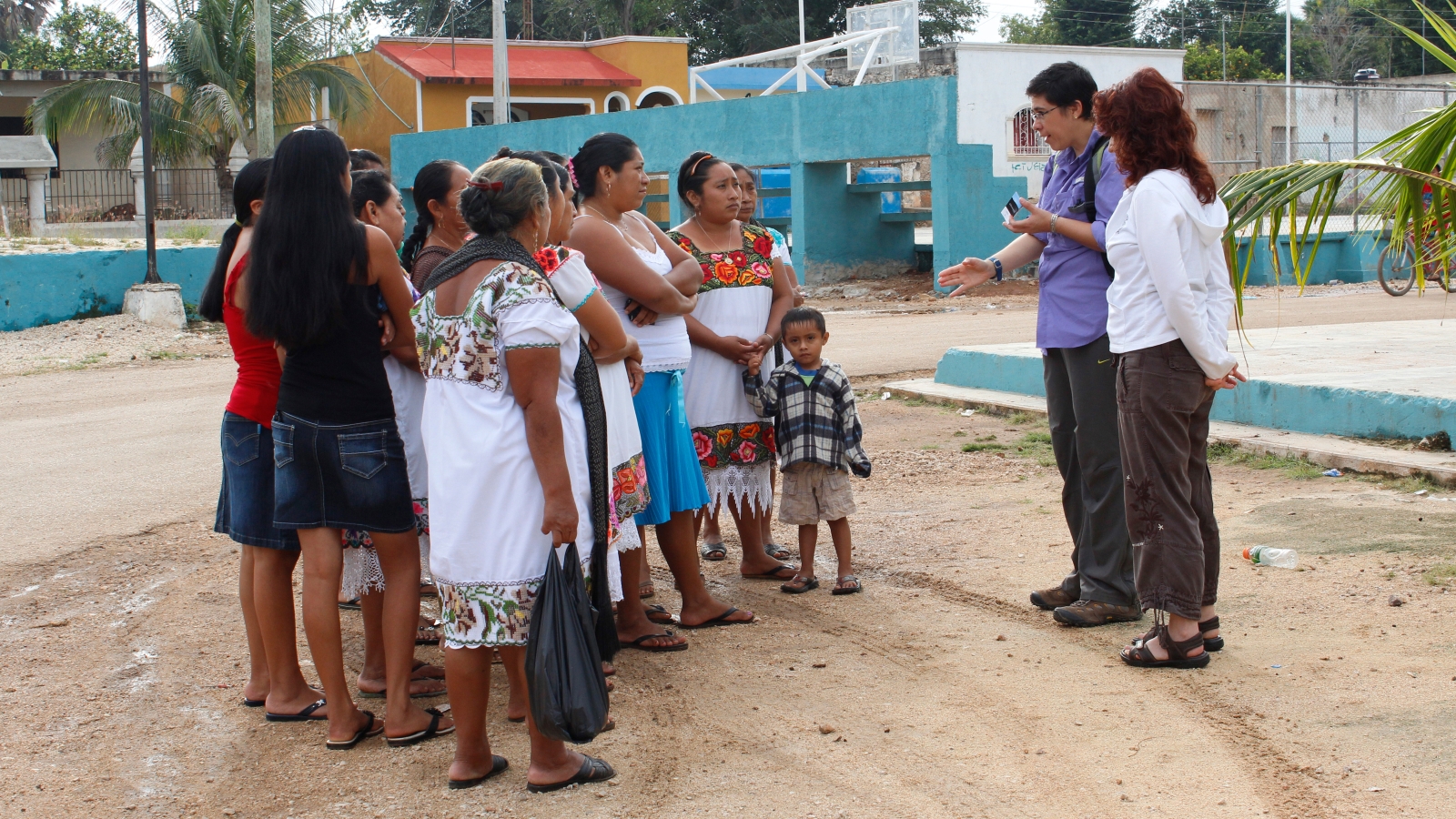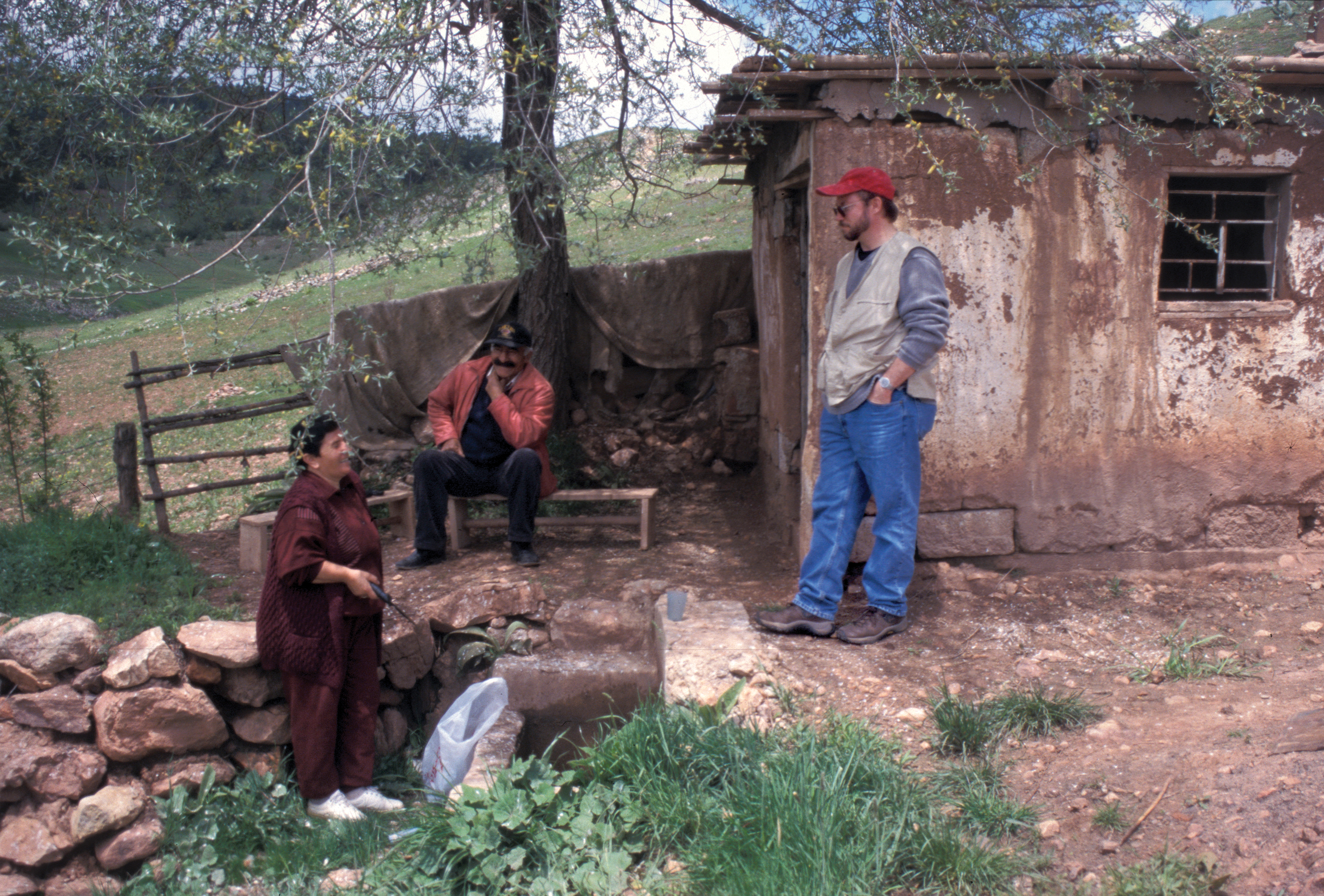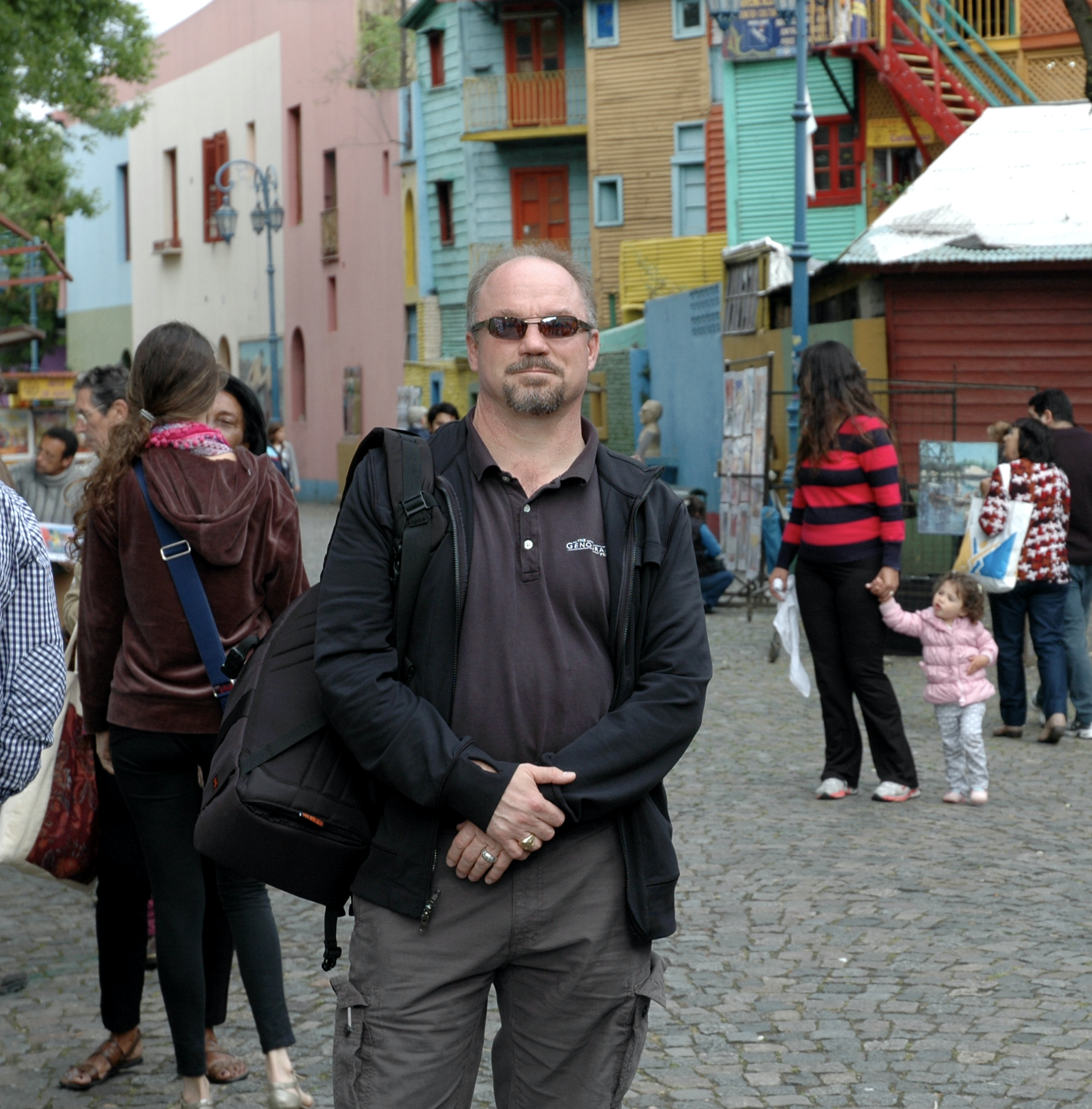If you want to know the secrets of human ancestry and evolution, look no further than genetics, says Theodore Schurr.
“Genetics allows you to look at population dynamics, the history of genetic lineages, and relationships between individuals. With genetics, you can try to reconstruct the processes that gave rise to the human diversity we see today and determine where its roots lie,” says Schurr, a professor of anthropology. “Those kinds of questions interest me.”
Broadly speaking, Schurr’s research falls under the category of biological or physical anthropology, or the study of human behavior, bones and biology. But that’s really putting it too simply. During a career that has spanned more than three decades, he’s traveled the globe, working with villagers in Turkey, Inuit in the Canadian Arctic, and a dozen other under-studied communities in far-flung outposts. He builds trust with the people, and then immerses himself to better understand their origins using DNA analysis. The overall goal is to create a comprehensive picture of each group’s genetic history and the factors that have shaped it.
“What I’ve aimed to do with my work is to determine where there are interesting historical questions to answer using genetic data, identify patterns of diversity that we don’t fully understand, and go to places where people haven’t yet traveled to do this kind of biological research,” he says.
Some might view this kind of science as extending beyond the boundaries of “anthropology”—a potentially logical misunderstanding, given the heavy reliance on genetics and DNA analysis. But once you look closely how Schurr got where he is today, it makes sense.
His work-life began in the laboratory of Douglas Wallace, then at Emory University and now a professor at Penn’s Perelman School of Medicine and at the Children’s Hospital of Philadelphia (CHOP). Together, they studied human mitochondrial genetics, at that time a new and fascinating field Wallace founded, one that centers on mitochondrial DNA (mtDNA) and biology.
This kind of DNA differs from nuclear DNA in that it only comes from the mother and has a very high rate of mutation. Researchers can learn from how mtDNA interacts with nuclear DNA (which exists in cell nuclei), as well as use it to study certain diseases and reconstruct the genetic migration of women. “It gives us a clear picture of maternal lines that extend back in time many generations, and ultimately to the ancestresses of our species,” Schurr explains.
When Schurr began working as a technician in Wallace’s lab, few other researchers were thinking about this type of DNA. The pair co-authored the first paper showing that it could cause disease, and pioneered a new way to study it using well-tested anthropological practices.
“We only studied indigenous people. That’s critical to avoid drawing erroneous conclusions resulting from more recent migrations and genetic mixture,” Wallace says. “If you go back to the indigenous people, you find that they have very specific lineages that arose with the original population and are linked to the population’s identity. Tad’s research has continued to make this critical connection between careful anthropological research and exacting molecular genetic analysis. This is true molecular anthropology, and is the approach now used around the world.”
In graduate school, Schurr studied mtDNA variation in Siberia as it related to Native Americans, then began incorporating Y-chromosomes and autosomal markers into research to understand the entire familial genetic backstory. Y-chromosomes pass from father to son and complement the matrilineal mitochondrial DNA. Autosomes—chromosomes that are not sex-linked—reveal information about both parents that can’t be traced back to the other two ancestry signals.
“Each of these different kinds of DNA gives us a slightly different picture of genetic history and the forces that have shaped it,” Schurr says.
For the past six years, Schurr has worked with collaborators in Mexico to characterize genetic diversity in Native Mexican populations. This photo was taken in the State of Campeche during work with Maya communities.
Spend any time talking with Schurr about the places he’s been and the people he’s met, however, and it’s clear the work is about much more than DNA strands and genes. Schurr tries to visit every community in person to accomplish the purely anthropological aspects of his work impossible to do remotely.
“There is no substitute for actually being on location and seeing a place and what the landscape looks like, meeting the people living there, talking to them, getting a sense of their history,” he says. “It’s personal contact, which makes the work more interesting. People all have the same questions about their history and genealogy, and their interest facilitates our efforts to elucidate them. Most communities are pretty welcoming to the research—as long as they understand” the work taking place.
He cites the example of aboriginal Australians he and a team published about in late 2016 in the Journal of Human Genetics. This group was, in relatively modern history, exploited and killed by white Europeans, and in the post-colonial context, socially and politically marginalized. As such, they were reticent to participate in any sort of genetic research, leaving large gaps in our understanding of their genetic history, and by extension, modern human ancestry.
Recent policy changes started to offer them more protections. So, in coordination with an aboriginal Australian researcher, and strictly following the aboriginal communities’ ethical guidelines, Schurr and colleagues gained access to and the trust of more than 500 such Australians. The researchers were then able to conduct the first systematic mtDNA survey there, discovering new lineages.
“It’s a testament to how [collaborating] with communities on projects like this can be successfully done and the results are fairly extraordinary because of their participation. It’s mutually beneficial,” he says. “You can work with individual communities on genetic studies and learn a tremendous amount by engaging with them.”
“There is no substitute for actually being on location and seeing a place and what the landscape looks like, meeting the people living there, talking to them, getting a sense of their history.”
He’s seen this time and again. In Turkey, research revealed that religious and ethnic backgrounds varied slightly from village to village. Some ancestry traced back to the Greeks, others to people from the Caucuses, some to invading Turkic tribes. In Trinidad, in the Caribbean, he discovered what he calls a “complex genetic dance” compounded by the arrival of non-natives. “The indigenous [people] have their origins in these areas,” Schurr explains, “but also, they themselves are the product of historical mixing of African, European, and South Asian peoples since colonial entry there.”
Schurr says he tries to return to communities to share his results with participants, but if going back in person isn’t possible, he finds another way to provide them his findings. He also aims to publish all his data in peer-reviewed journals or as book chapters, to build on our archive of material about the path of the world’s people.
He’s been prolific. He currently has three papers in press: about the genetic diversity of the Svan people in the country of Georgia, variations in Y-chromosomes in native South American populations, and a possible link between susceptibility to human papillomavirus and mtDNA in Argentinean populations. That doesn’t count the four additional papers he thinks will come in the near future, and another dozen or so in some stage of development.
His methods have also made their way into clinical settings, by way of people like his former graduate student Matthew Dulik, now a director in the clinical diagnostics lab at CHOP. In Schurr’s lab they worked on the genetic diversity of southern Siberia’s Altai-Sayan region. Dulik sequenced and analyzed mtDNA and Y-chromosomal DNA samples from indigenous Altaians, and he says he became familiar with techniques and equipment that he still uses today.
“You’re always going to learn something but it’s also an enjoyable time,” Dulik says, of working with Schurr. “In his lab, there is a structure but he also gives you enough free rein to explore ideas and really lets you develop as a researcher.”
It’s this combination of structure and freedom, of tying together DNA analysis and genetics with anthropological practices, that has allowed Schurr to make true scientific headway. Wallace calls him a leader in the field. “He’s been extraordinarily successful. He’s done a great job,” Wallace says. “He’s doing a lot of really beautiful work.”
Work that will, with any luck, continue to unlock the mysteries of how people became who they are in some of the farthest reaches of the world.






